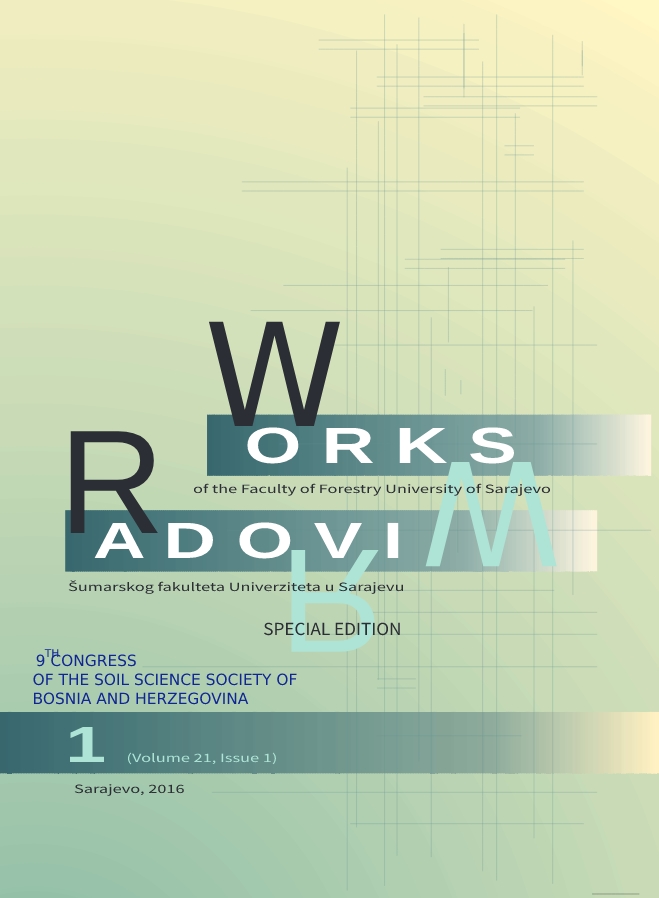EDUCATION ON WORLD REFERENCE BASE FOR SOIL RESOURCES (WRB) - EXAMPLE OF GOOD PRACTICE
DOI:
https://doi.org/10.54652/rsf.2016.v1.i1.308Sažetak
UDK 631.44:37
The World Reference Base for Soil Resources (WRB) research work started back in 1980. under the program named International Reference Base for Soil Classification (IRB). World Reference Base for Soil Resources was established in 1998., and its design provide easier communication between scientists to whom soil systematic is primary area of research. International Field Course of the World Reference Base for Soil Resources, held in Gödöllő, Hungary, from 01st to 05th of September, 2015.was organized to celebrate the International Soil Year. Soil Judging Contest of WRB was organized during the course. Students from Bosnia and Herzegovina, primarily students of Faculty of Agricultural and Food Sciences, University of Sarajevo and Faculty of Agriculture, University of Banja Luka attended the course. The above mentioned course and the contest were unique opportunity for students, young scientists and experts as well as those who have been already involved or interested in identification and characterization of the basic soil types all around the world to share information and experience. The unique field study program provided an opportunity to participants to gain new knowledge on Anthrosols, Calcisols, Chernozems, Kastanozems, Phaeozems, Gleysols, Luvisols, Solonetz and Vertisols in accordance to the World Reference Base for Soil Resource. Importance of the continuation of good practices and implementation of this type of field learning about WRB classification is crucial not only at the global level, but also at the regional one. This paper aims to stress the importance of education about WRB classification in order to improve and adapt the national classification system, importance of applied soil science in society in general and to increase the communication with other related disciplines globally.
Downloads
References
Deckers Jozef et al., World Reference Base for Soil Resources – in a nutshell, European Soil Bureau- Research Report No. 7.
FAO. 2006. Guidelines for Soil Description. Food and Agriculture Organization of the United Nations, Rome.
International Field Course and Soil Judging Contest, http://soiljudging-iys2015.com/, Accessed: November. 2015.
IUSS Working Group. 2014. World Reference Base for Soil Resources. World Soil Resources Report 106. Food and Agriculture Organization of the United Nations, Rome.
Official Handbook of the International Field Course and Soil Judging Contest, September 1 -5, 2015, Gödöllő, Hungary.
Soil classification, http://www.fao.org/soils-portal/soil-survey/soil-classification/en/, Accessed: October. 2015.
Subject: World Reference Base, http://www.fao.org/soils-portal/soil-survey/soil- classification/world-reference-base/en/, Accessed: October. 2015.























